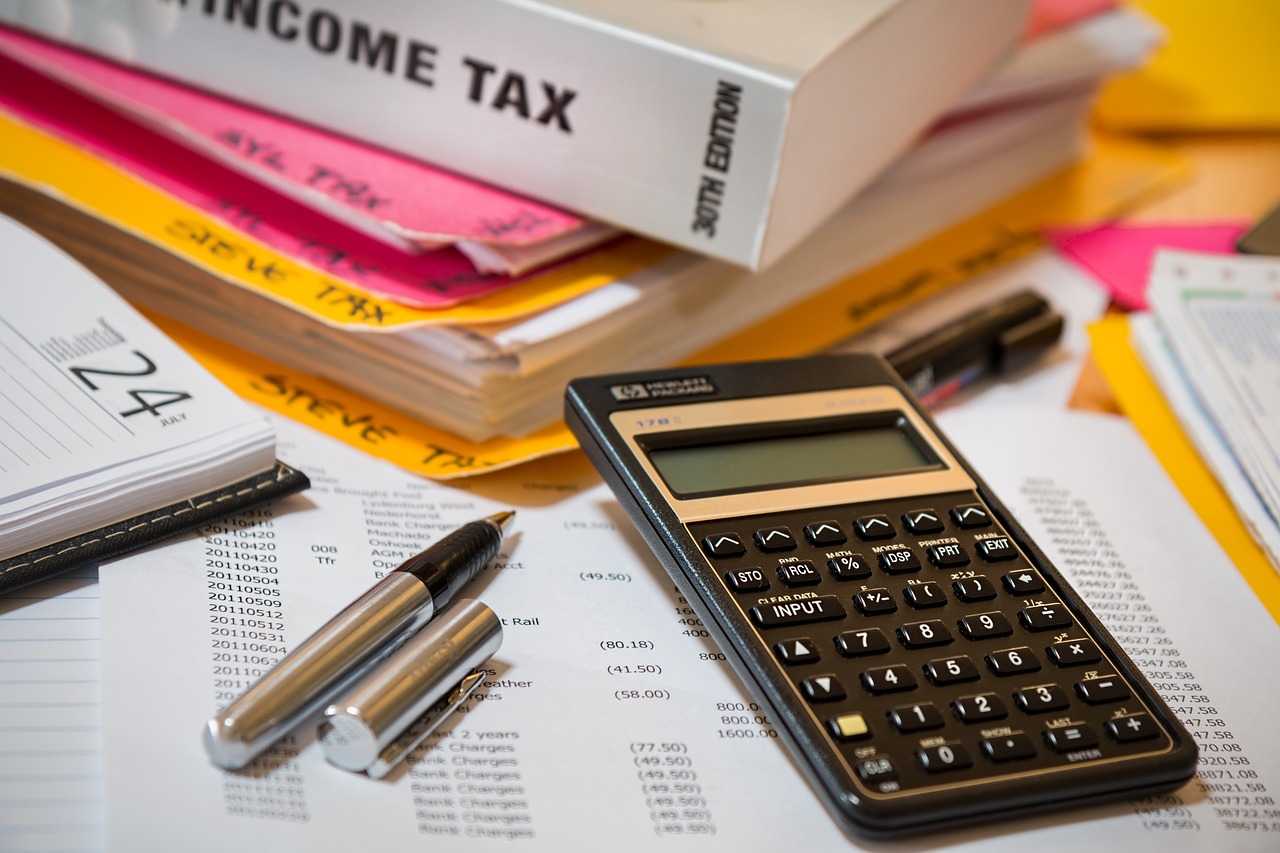When you work for yourself, even if it’s just part-time or as side gig, you have to declare that income and pay the right amount of tax to Inland Revenue each year. It’s important to keep track of how much you’re likely to owe, so you can set enough aside as you earn. But it’s not quite as simple as putting aside something like a third of what you earn as a sole trader each time you get paid, although that’s a reasonable ballpark.
When you work for yourself, even if it’s just part-time or as side gig, you have to declare that income and pay the right amount of tax to Inland Revenue each year. It’s important to keep track of how much you’re likely to owe, so you can set enough aside as you earn. But it’s not quite as simple as putting aside something like a third of what you earn as a sole trader each time you get paid, although that’s a reasonable ballpark.
Everyone’s situation is different, so we’ve written this basic guide to help you get started on understanding how it all works and calculating your likely tax bill.
How much tax does a sole trader pay?
As a sole trader or contractor you’re responsible for all the deductions an employer would normally make on your behalf. These can include taxes and other income-related payments.
Taxes:
- Income tax
- GST – if you’re registered for GST (see below)
- ACC payments
Non-tax payments you may also need to allow for, which aren’t covered in this article:
- KiwiSaver contributions
- Student loan repayments
- Child support payments
Your annual tax bill will depend on:
- How much you earn from all income sources, such as self-employment, PAYE employment, rent received, interest and dividends
- How much tax you’ve already paid during the year through things like PAYE income tax or resident withholding tax (RWT) on interest and dividends
- Any tax deductible expenses related to earning your sole trader income
- How risky ACC thinks your type of sole trader work is (your industry category)
So let’s take a look at how the taxes and ACC payments work.
Income tax when you’re self-employed
The income tax everyone pays in New Zealand is based on how much they have earned from all sources of income, less any tax deductible expenses, during the tax year (1 April to 31 March). There isn’t just one tax rate. Instead there are tax brackets that each person’s taxable income is separated into and each bracket has its own tax rate.
Here’s an example of how it would work if your total taxable income for the year was $60,000.
| Bracket | Tax rate | Your income split | Your tax to pay |
| 0 – $14,000 | 10.5% | $14,000 | $1,470 |
| $14,001 – $48,000 | 17.5% | $34,000 | $5,950 |
| $48,001 – $70,000 | 30% | $12,000 | $3,600 |
| $70,001 – $180,000 | 33% | $0 | – |
| $180,001 and above | 39% | $0 | – |
| TOTALS | $60,000 | $11,020 |
As you can see, in this case only $12,000 of your annual taxable income will be taxed at 30%. The other two rates are quite a bit lower, so your total income tax for the year would be only $11,020.
However, if you had a PAYE job earning $48,000, your employer would have already deducted the tax and other payments based on that income. So you’d need to set aside $3,600 to cover the tax on your $12,000 self-employed income, plus any ACC and other payments based on that income.
GST when you’re self-employed
If you think your taxable income from self-employed work will be more than $60,000 for the coming year, you have to register for GST with Inland Revenue, otherwise it’s optional.
When you’re registered for GST you have to add 15% onto what you charge customers and issue receipts or invoices that show the GST amount. You’re really just collecting GST on behalf of the government and you pay it to Inland Revenue at regular intervals.
If you’re registered for GST, you can claim back the GST you have paid on expenses related to earning your self-employed income. You simply subtract the GST you’re claiming from the GST you’ve collected before filing your regular GST returns and paying the balance to Inland Revenue.
ACC payments when you’re self-employed
In New Zealand, ACC payments are made by employers and income earners. There are three income-related levies and the rates are regularly reviewed.
ACC liable income
The levies are based on your liable income, which has a minimum and maximum value. For the 2022/2023 tax year they were $42,465 and $136,544 respectively.
If your income is less than the minimum value, ACC just uses the minimum value as your liable income. If you earn more than the maximum value, ACC just uses the maximum value. However, if you’re self-employed and work part-time (30 hours or less a week on average) ACC will use your actual liable income, even if it’s less than their minimum value.
ACC levies and rates
Here are the ACC levy rates for the 2023/2024 tax year.
- Earners’ levy – $1.33 per $100 of liable income
- Working safer levy – $0.08 per $100 of liable income
- Work levy – the rate per $100 of liable income depends on the type of work or your industry classification unit (CU)
Employers deduct the earners’ levy on ACC’s behalf from each employee’s liable income. Employers also pay the working safer levy based on liable income paid (payroll) and the work levy, which is based on their industry CU, their claim history and liable income paid (payroll).
When you’re self-employed
When you’re self-employed, you’re responsible for paying all three levies. Inland Revenue sends your end-of-year tax return information to ACC, who use it to calculate your levies and send you an invoice around September.
If you also have some PAYE income from an employer, your ACC invoice will only relate to your self-employed income, since the PAYE income based levies will have already been paid.
The default ACC cover for self-employed people is called CoverPlus. If you have an accident and can’t work they’ll pay 80% of your previous year’s taxable income. The other option is called CoverPlus Extra. It lets you choose how much of your income you would be paid. The amount you choose affects your annual ACC charge.
The ACC website has levy calculators for both types of self-employed cover to help you plan ahead.
Next steps
When you’re setting up your own business it pays to get some professional advice from an accountant or business specialist, at least to get you started.
Afirmo offers a handy range of free business set up tools that guide you through the essential steps, including tools for sorting the money and tax side of things.
Afirmo’s Tax Tool allows you to calculate and pay your GST and Income Tax bills with ease. It is suitable for Sole Traders, Partnership and Limited Liability Companies. The Tax Tool uses sales invoice, expense claims and bank transaction data to calculate your tax liabilities. In addition to the Tax Tool, Afirmo offers tax expert support if you need help. Find out more here.
You can also check out our helpful self employed tax calculator here.



